 THE MINERAL SCHORL
THE MINERAL SCHORL
- Chemistry: NaFe3(Al,Fe)6Si6O18(BO3)3(OH)4, Sodium Iron Aluminum Boro-silicate Hydroxide.
- Class: Silicates
- Subclass: Cyclosilicates
- Group: Tourmalines
- Uses: mineral collection specimens, electrical uses and as ornamental stone.
Specimens
Schorl can form some very nice classic tourmaline crystals. Tourmaline crystals are interesting because they are hemimorphic, having a different shaped top from the bottom of the crystal. Some crystals of Schorl can reach a rather large size and can display a great variety of crystal faces.
Schorl can be a major component of igneous and metamorphic rocks. Although it is not the only black mineral common to such rocks, it is the only one that will form crystals with a clear triangular cross-section.
Long thin crystals of schorl are common as inclusions in quartz, forming the ornamental stone called "Tourmalinated Quartz". This stone is unique with its long needle to straw sized, arrow straight, prismatic crystals of pitch black schorl criss-crossing the clear colorless quartz. This attractive stone is used in semi-precious jewelry, carved figurines, obelisks, crystal balls, eggs and as a popular tumbled stone.
PHYSICAL CHARACTERISTICS:
- Color is black.
- Luster is vitreous to submetallic.
- Transparency: crystals are opaque.
- Crystal System is trigonal; 3 m.
- Crystal Habit is typically elongated three sided prisms. The terminations can be either a simple to complex trigonal pyramid or flat basal face. The prism faces are usually striated lengthwise. In cross section, all tourmalines will appear predominantly triangular in shape. Doubly terminated crystals are hemimorphic meaning that the two ends of the crystal are not exactly alike. Massive forms can also be found.
- Cleavage is absent although there is basal parting.
- Fracture is uneven to conchoidal.
- Hardness is 7 - 7.5
- Specific Gravity is 3.2+ (slightly heavier than average)
- Streak is white.
- Other Characteristics: Piezoelectric.
- Associated Minerals include those minerals associated with granitic pegmatites and metamorphic rocks such as micas, feldspars and quartz.
- Notable Occurrences include Brazil; Colorado; Appalachian mountains; Germany; Cornwall, England and many others.
- Best Field Indicators are crystal habit, overall triangular cross-section, striations, color and hardness.
 Amethyst Galleries' Mineral Gallery MINERALS |
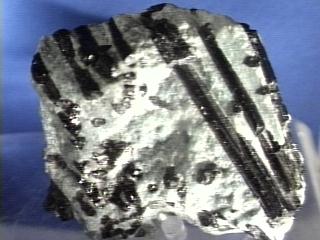
$ 45.00

scl-1 ($ 45.00)

$ 29.50

scl-2 ($ 29.50)

$ 150.00



$1500.00



$ 60.00


scl-5 ($ 60.00)

$ 65.00


scl-6 ($ 65.00)

$ 35.00
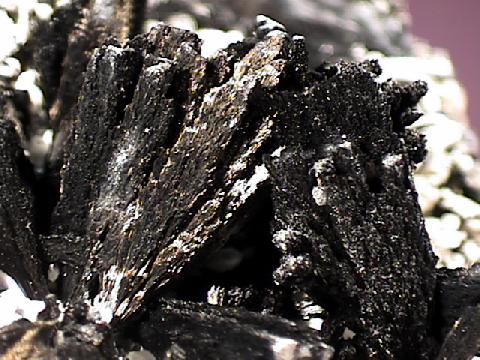

scl-7 ($ 35.00)

$ 26.00


scl-8 ($ 26.00)

$ 35.00
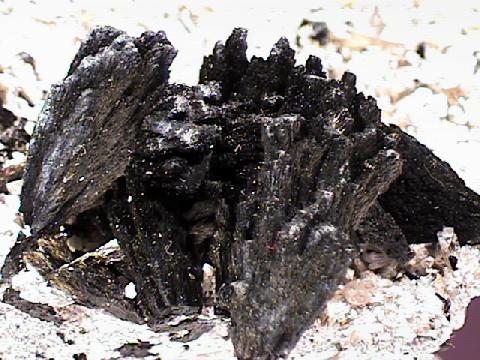

scl-9 ($ 35.00)

$ 40.00
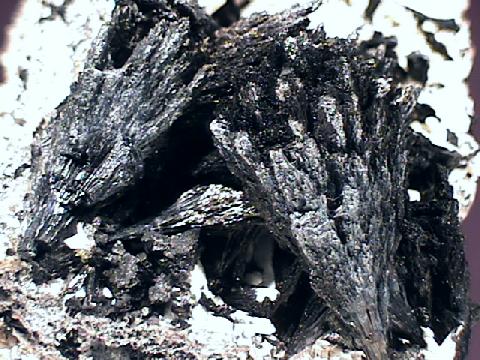

scl-10 ($ 40.00)

$ 42.00

scl-11 ($ 42.00)
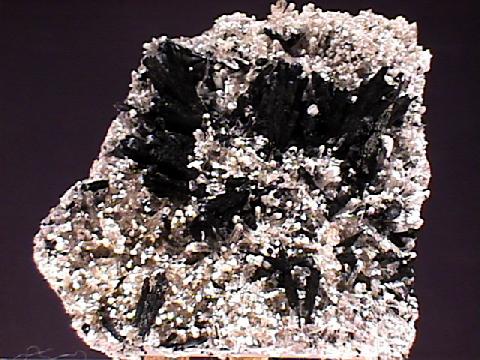
$ 25.00

scl-12 ($ 25.00)

$ 25.00

scl-13 ($ 25.00)

$ 28.00

scl-14 ($ 28.00)

$ 35.00

scl-15 ($ 35.00)

$ 28.00

scl-16 ($ 28.00)

$ 35.00

scl-18 ($ 35.00)

$ 35.00


scl-19 ($ 35.00)

$ 100.00



$ 40.00

scl-21 ($ 40.00)
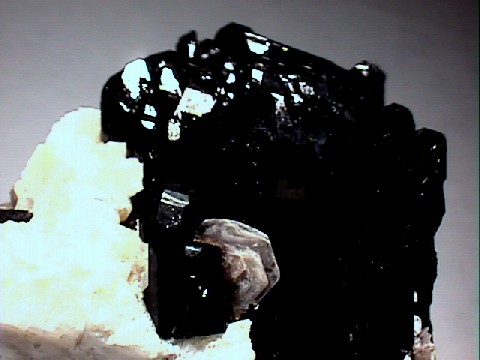
$ 27.00

scl-22 ($ 27.00)

$ 25.00

scl-23 ($ 25.00)